

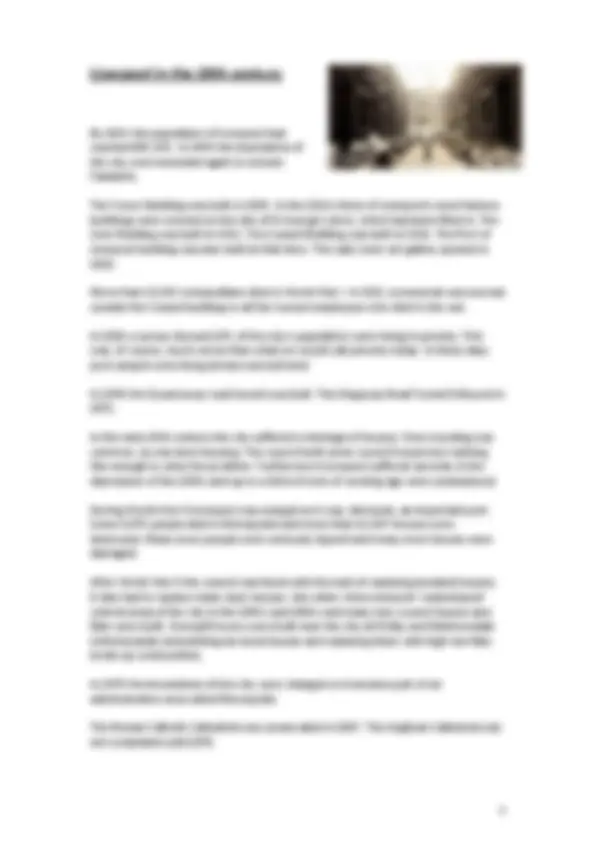
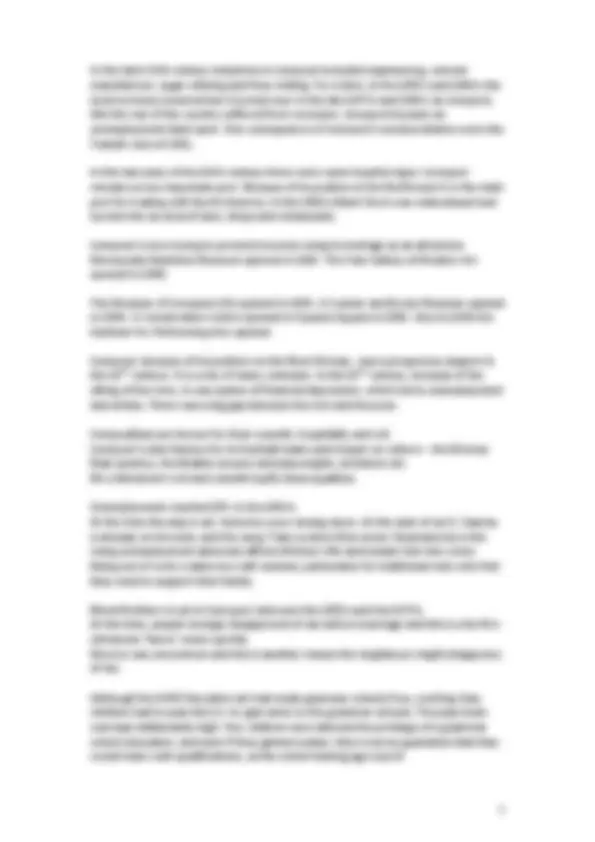
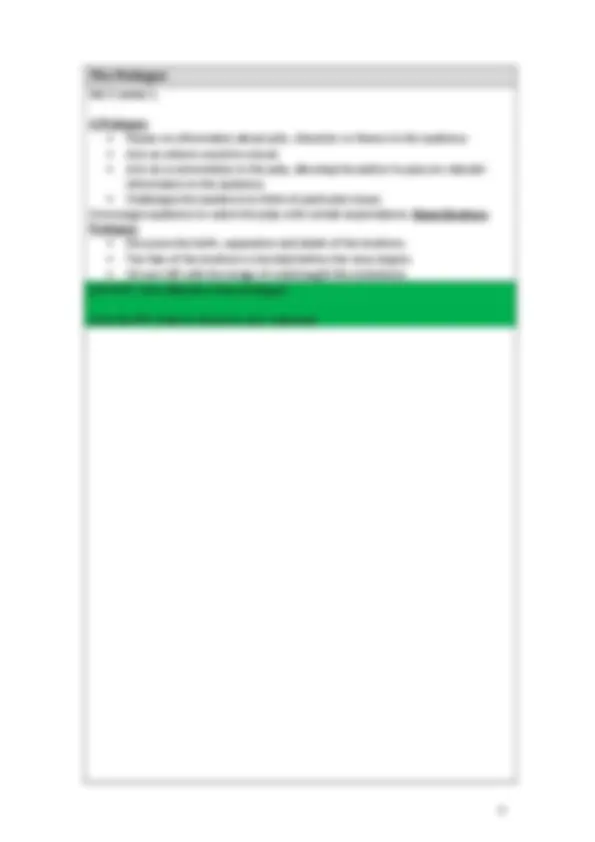
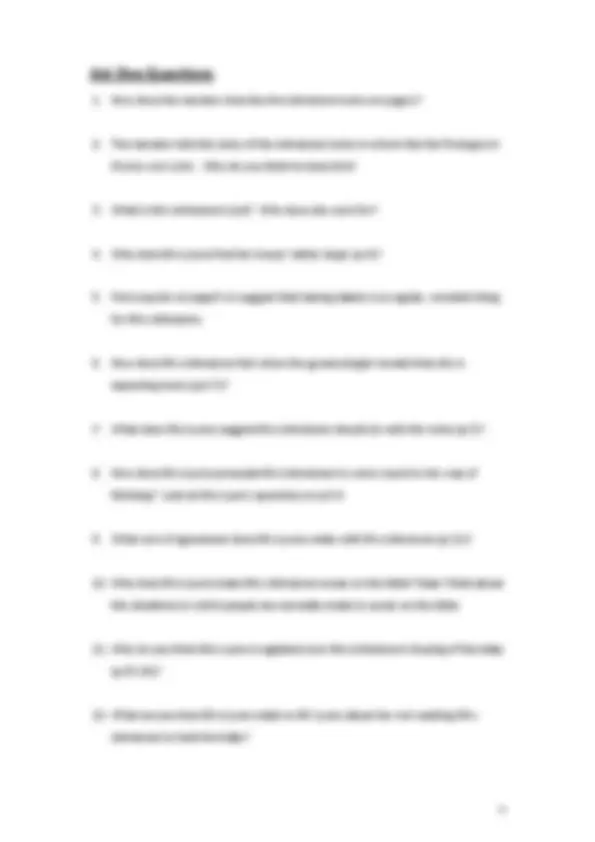
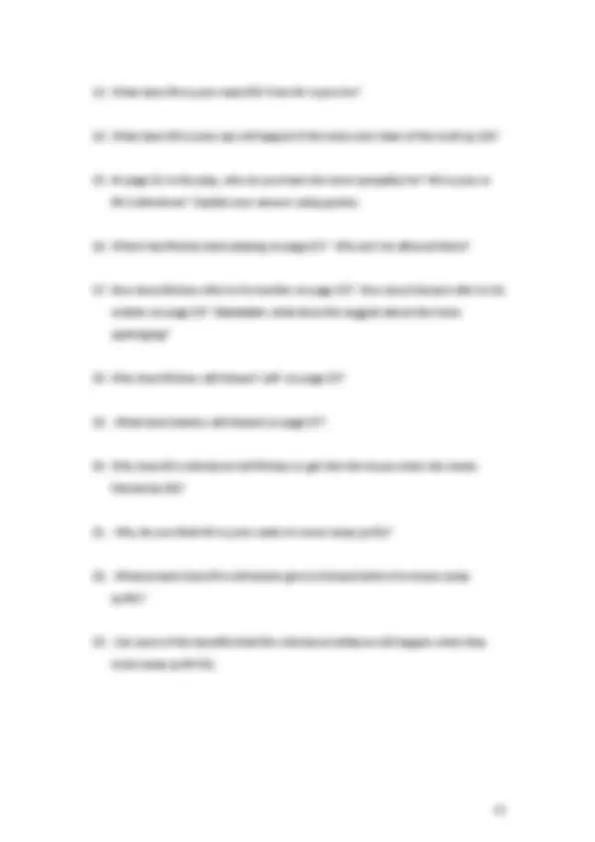
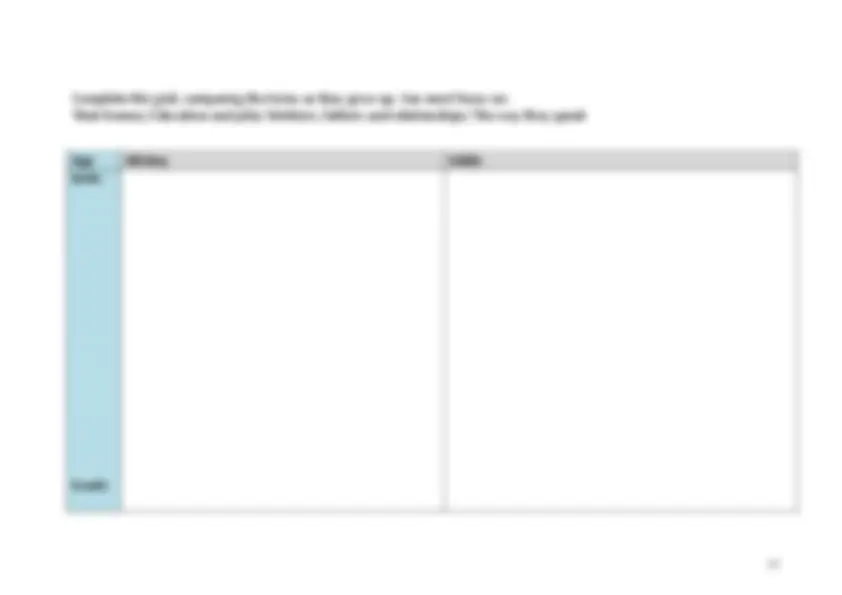
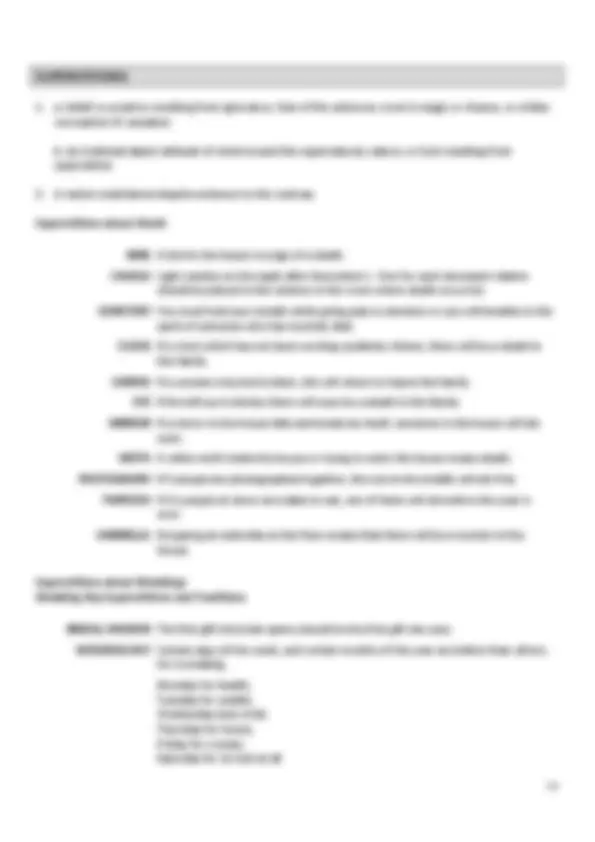
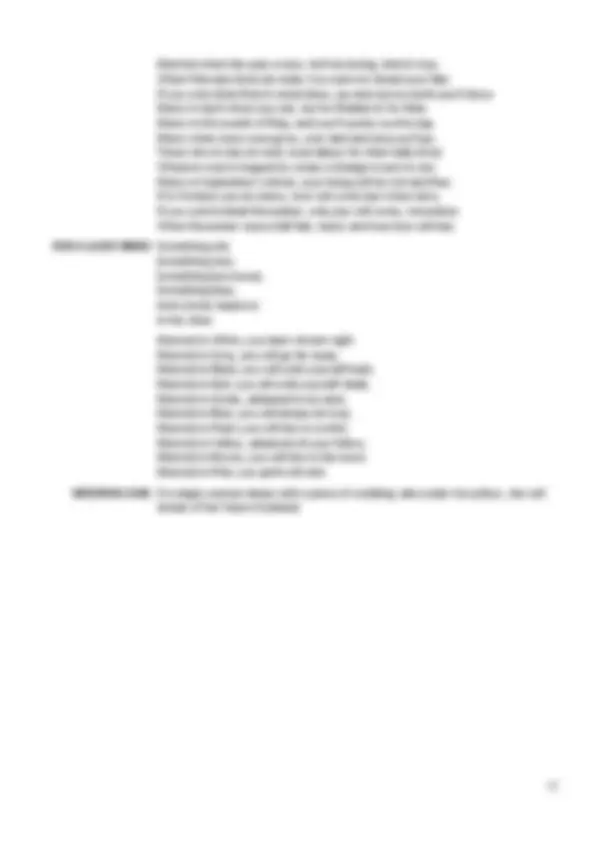
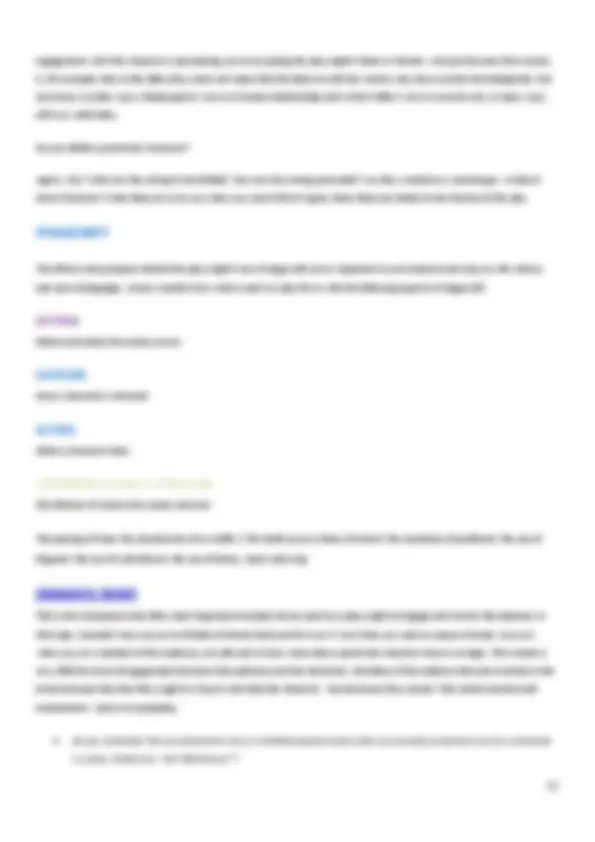
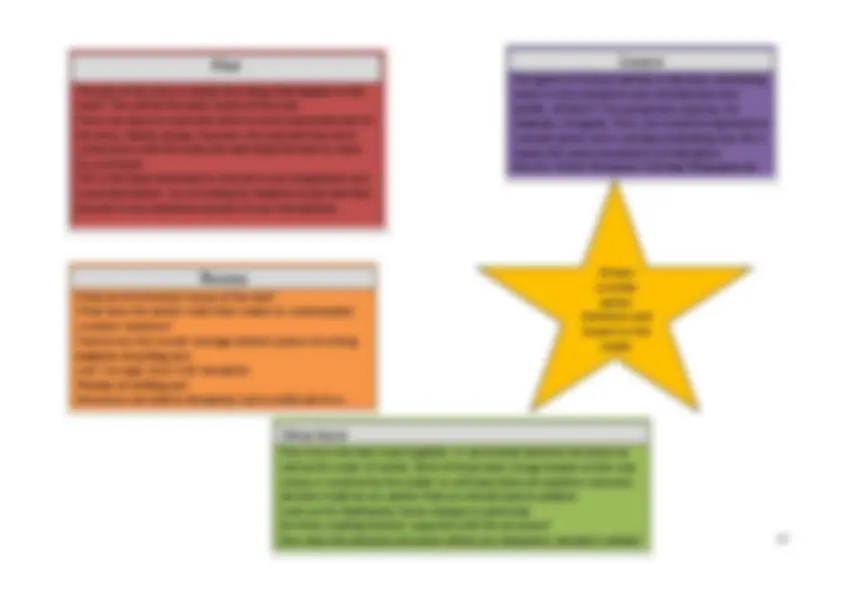
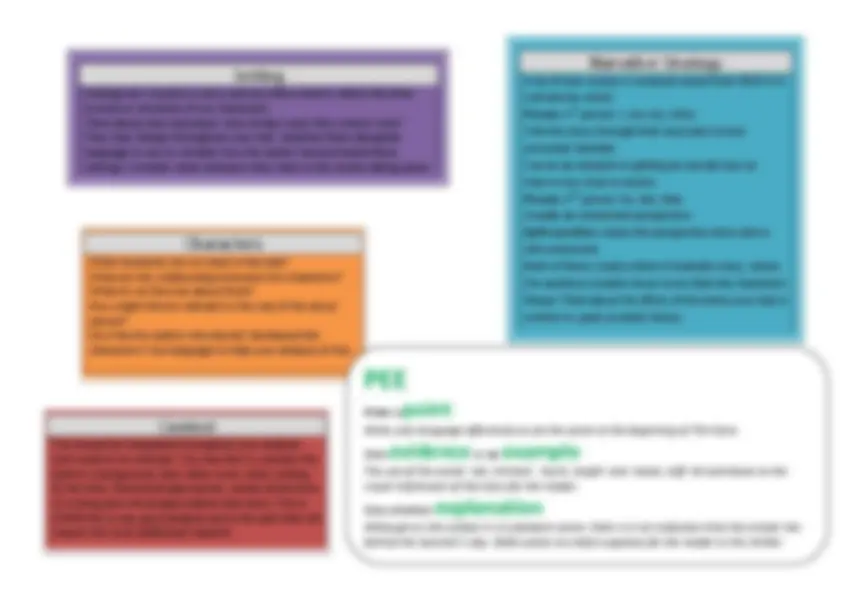
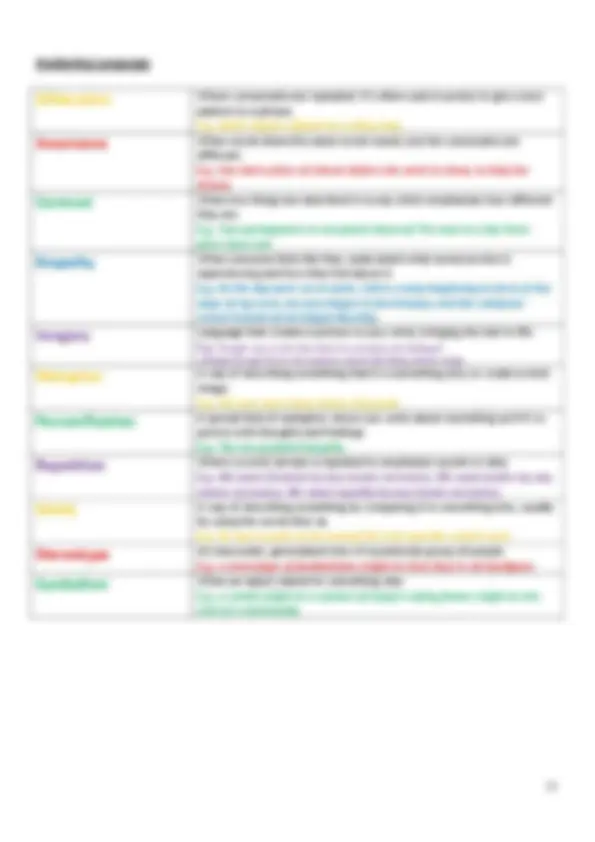
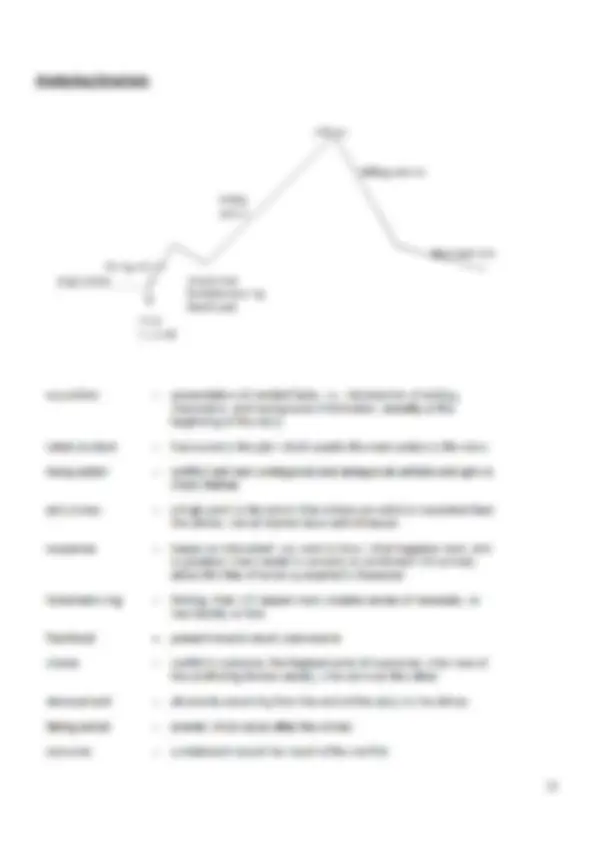
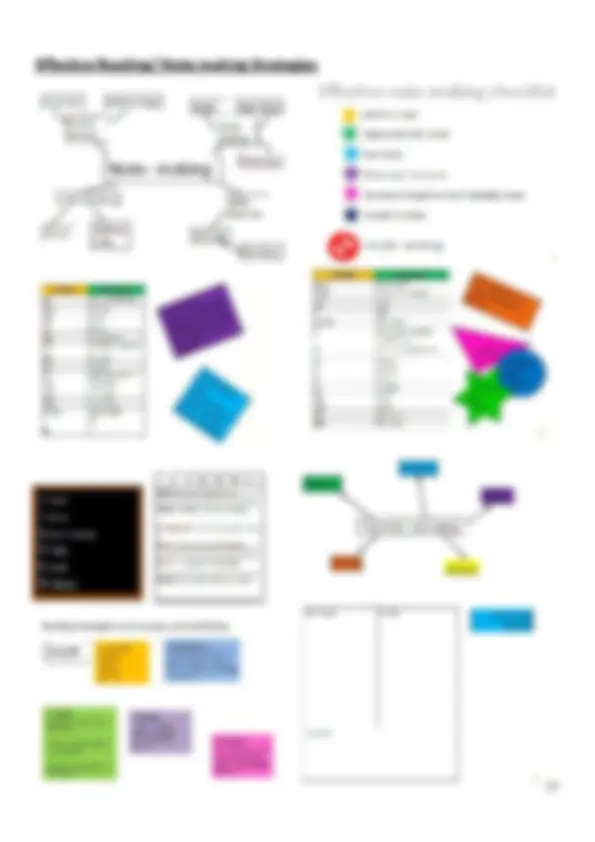


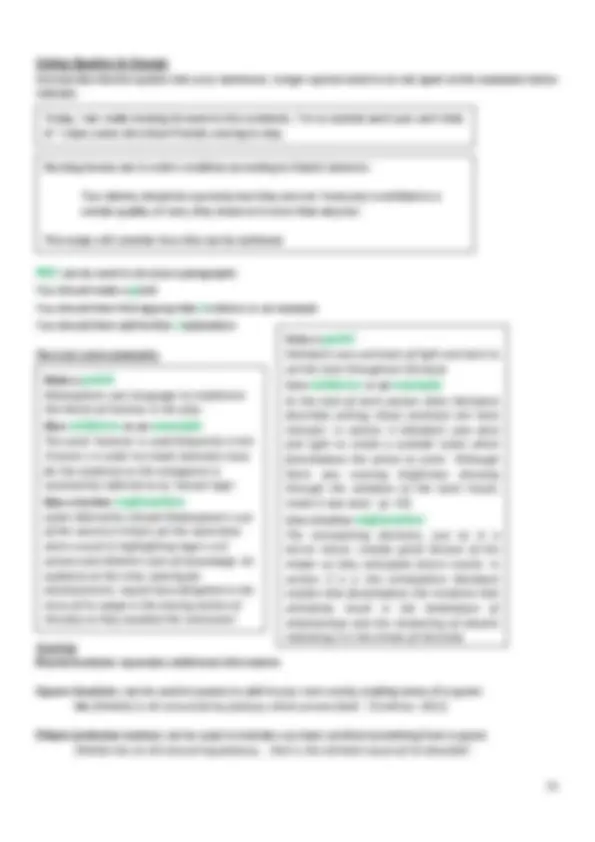
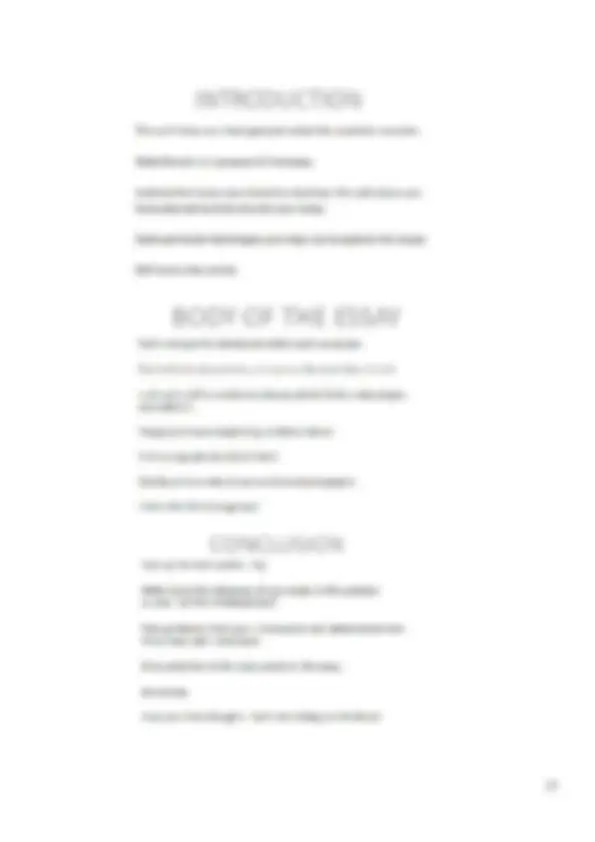
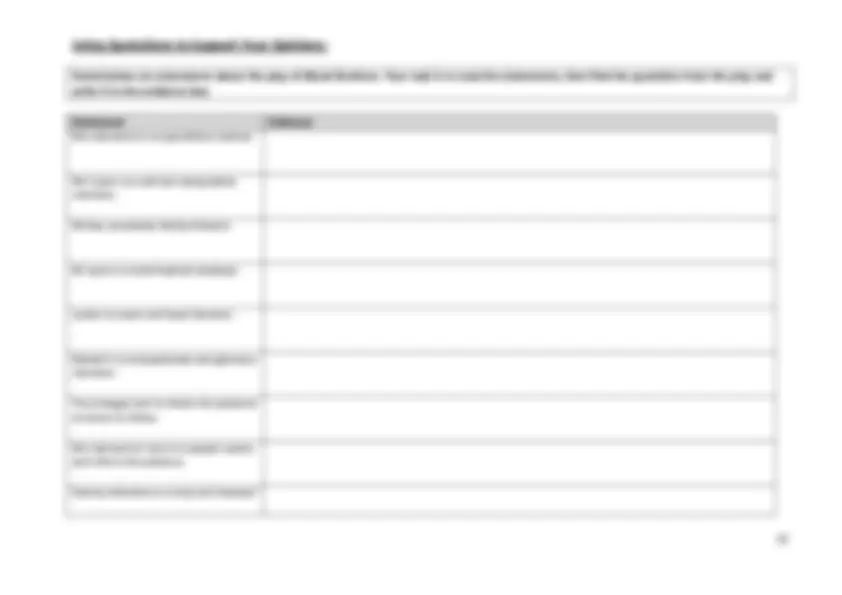
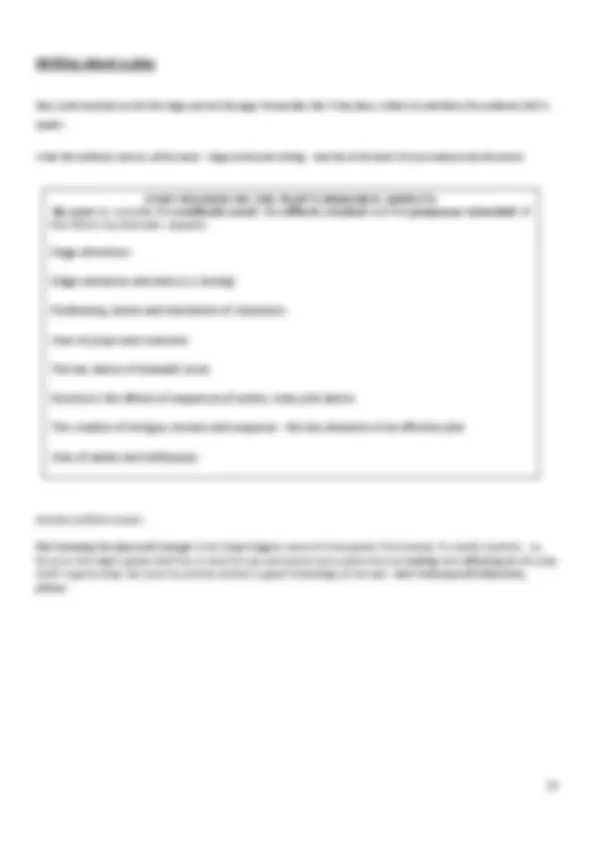
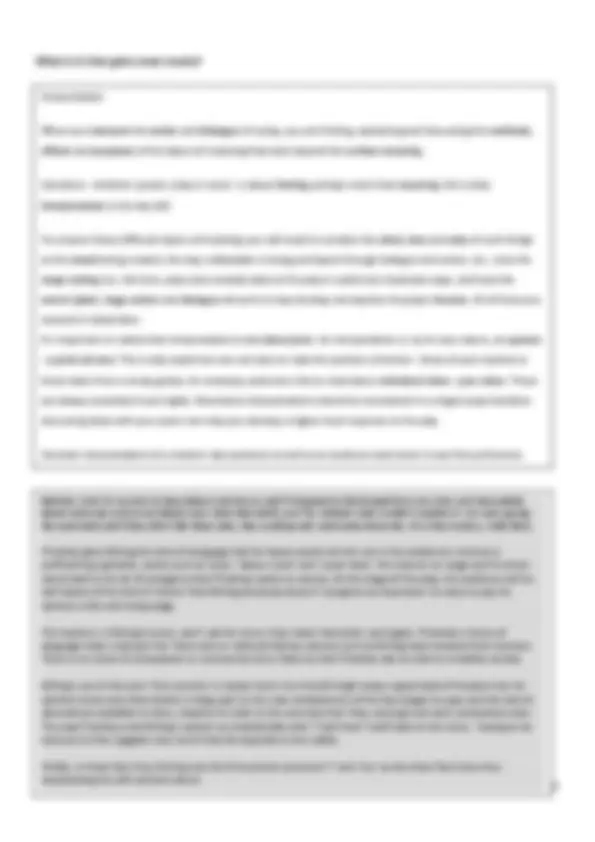
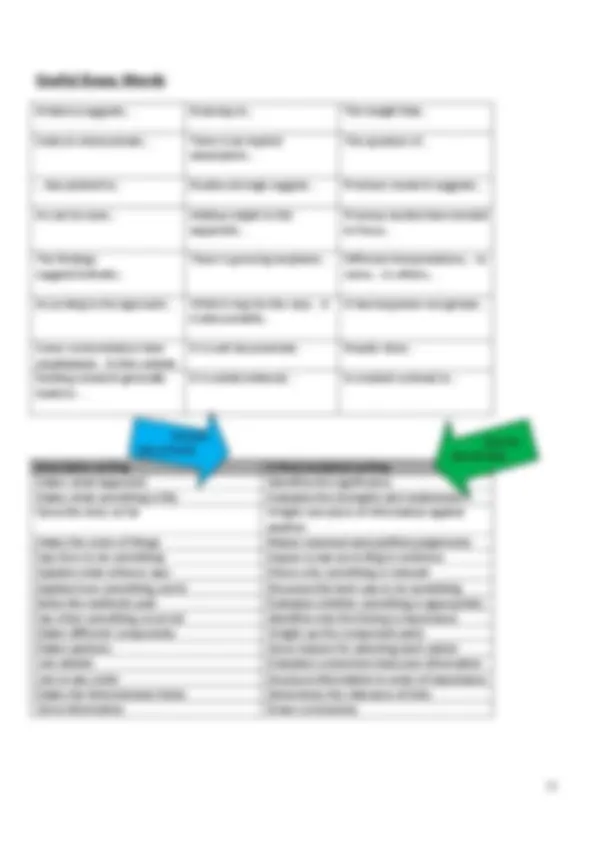
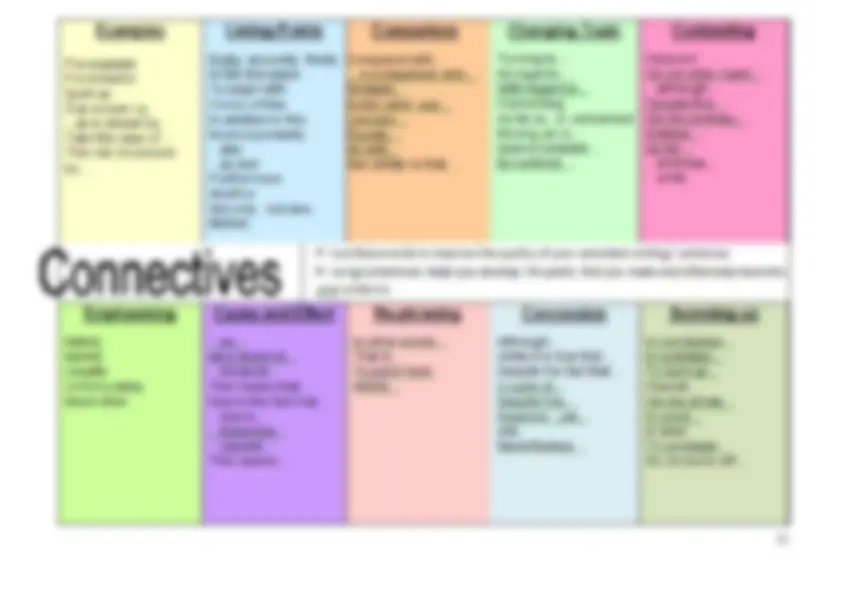
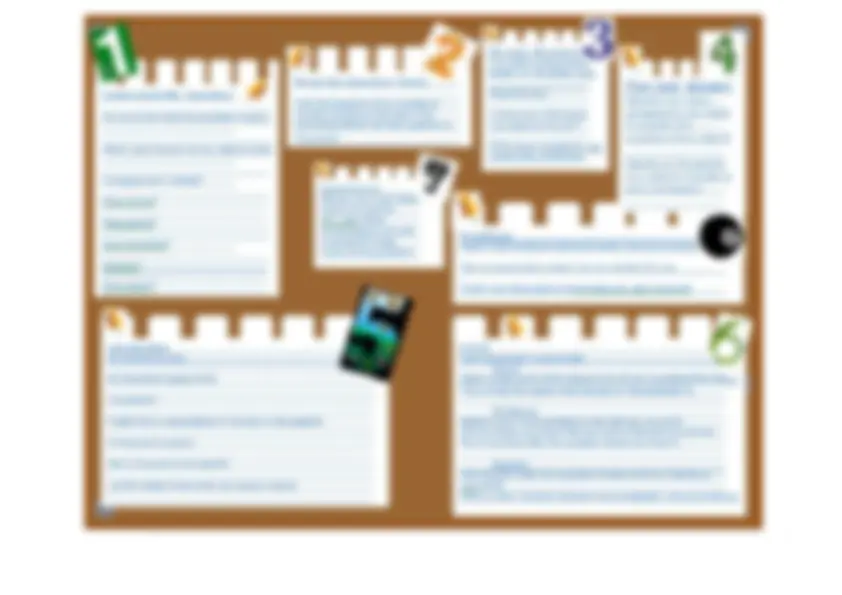
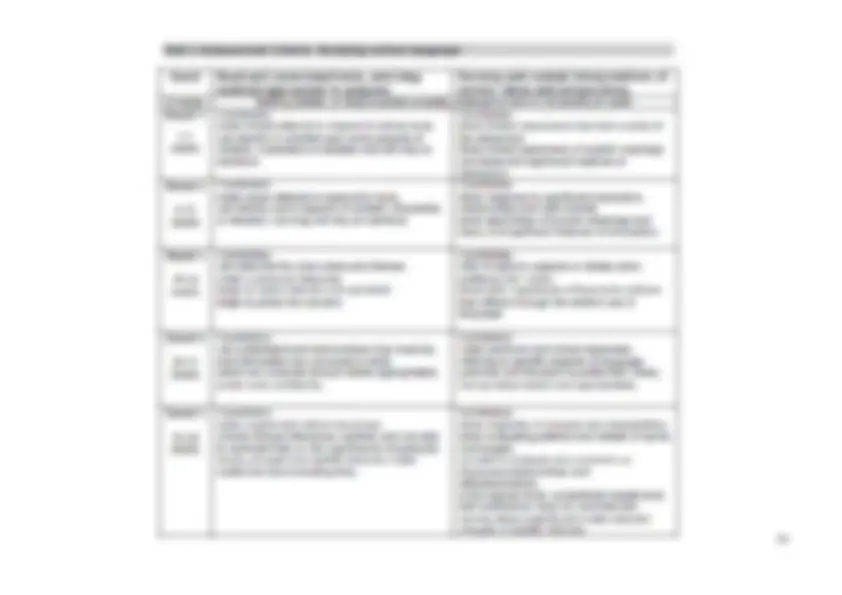
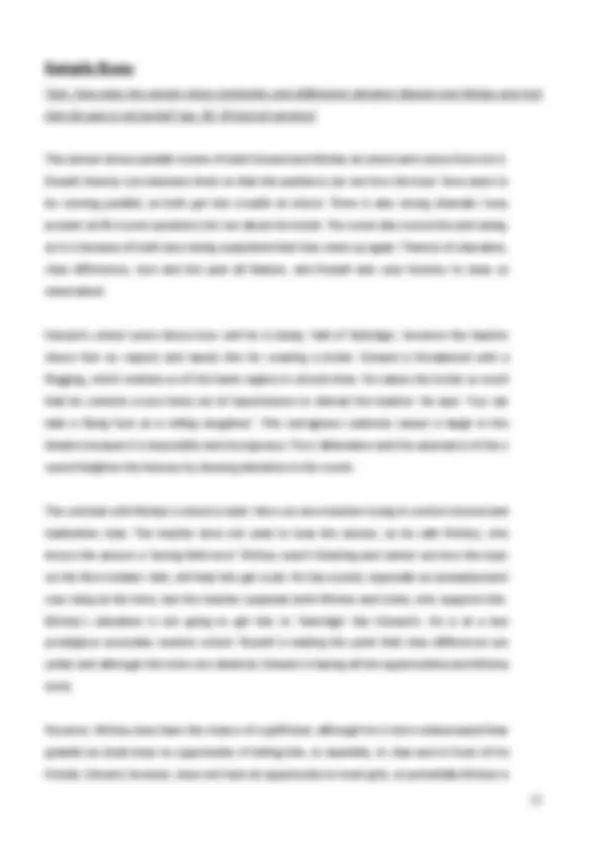
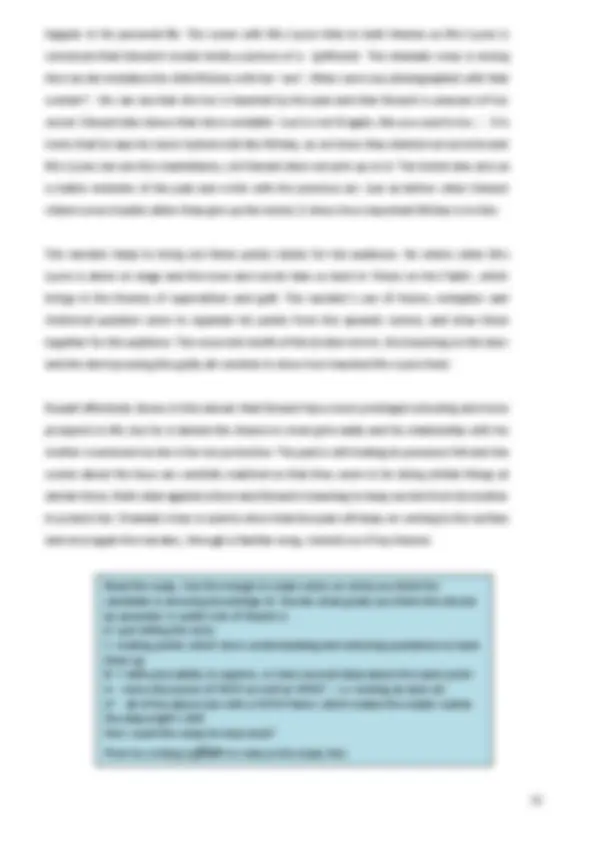


Study with the several resources on Docsity

Earn points by helping other students or get them with a premium plan


Prepare for your exams
Study with the several resources on Docsity

Earn points to download
Earn points by helping other students or get them with a premium plan
Community
Ask the community for help and clear up your study doubts
Discover the best universities in your country according to Docsity users
Free resources
Download our free guides on studying techniques, anxiety management strategies, and thesis advice from Docsity tutors
Discusses the birth, separation and death of the brothers. • The fate of the brothers is decided before the story begins. • We are left with the image of a ...
Typology: Exercises
1 / 36

This page cannot be seen from the preview
Don't miss anything!





























By 1901 the population of Liverpool had reached 685,000. In 1904 the boundaries of the city were extended again to include Fazakerly.
The Tower Building was built in 1908. In the 1910s three of Liverpool's most famous buildings were erected on the site of St George's dock, which had been filled in. The Liver Building was built in 1911. The Cunard Building was built in 1916. The Port of Liverpool building was also built at that time. The Lady Lever art gallery opened in
More than 13,000 Liverpudlians died in World War I. In 1921 a memorial was erected outside the Cunard building to all the Cunard employees who died in the war.
In 1928 a survey showed 14% of the city's population were living in poverty. This was, of course, much worse than what we would call poverty today. In those days poor people were living at bare survival level.
In 1934 the Queensway road tunnel was built. The Kingsway Road Tunnel followed in
In the early 20th century the city suffered a shortage of houses. Overcrowding was common, as was slum housing. The council built some council houses but nothing like enough to solve the problem. Furthermore Liverpool suffered severely in the depression of the 1930s and up to a third of men of working age were unemployed.
During World War II Liverpool was a target as it was, obviously, an important port. Some 3,875 people died in Merseyside and more than 10,000 houses were destroyed. Many more people were seriously injured and many more houses were damaged.
After World War II the council was faced with the task of replacing bombed houses. It also had to replace many slum houses. Like other cities Liverpool 'redeveloped' central areas of the city in the 1950s and 1960s and many new council houses and flats were built. Overspill towns were built near the city at Kirkby and Skelmersdale Unfortunately demolishing terraced houses and replacing them with high rise flats broke up communities.
In 1974 the boundaries of the city were changed so it became part of an administrative area called Merseyside.
The Roman Catholic Cathedral was consecrated in 1967. The Anglican Cathedral was not completed until 1978.
In the later 20th century industries in Liverpool included engineering, cement manufacture, sugar refining and flour milling. For a time, in the 1950s and 1960s the local economy boomed but it turned sour in the late 1970s and 1980s as Liverpool, like the rest of the country suffered from recession. Liverpool became an unemployment black spot. One consequence of Liverpool's social problems were the Toxteth riots of 1981.
In the last years of the 20th century there were some hopeful signs. Liverpool remains a very important port. Because of its position in the Northwest it is the main port for trading with North America. In the 1980s Albert Dock was redeveloped and turned into an area of bars, shops and restaurants.
Liverpool is now trying to promote tourism using its heritage as an attraction. Merseyside Maritime Museum opened in 1980. The Tate Gallery of Modern Art opened in 1988.
The Museum of Liverpool Life opened in 1993. A Custom and Excise Museum opened in 1994. A Conservation Centre opened in Queens Square in 1996. Also in 1996 the Institute For Performing Arts opened.
Liverpool, because of its position on the River Mersey, was a prosperous seaport in the 19th^ century. It is a city of many contrasts. In the 20th^ century, because of the silting of the river, it was a place of financial depression, which led to unemployment and strikes. There was a big gap between the rich and the poor.
Liverpudlians are known for their warmth, hospitality and wit. Liverpool is also famous for its football teams and impact on culture – the Mersey Beat (poetry), the Beatles (music) and playwrights, architects etc. Mrs Johnstone’s wit and warmth typify these qualities.
Unemployment reached 25% in the 1980s. At the time the play is set, factories were closing down. At the start of act 2, Sammy is already on the dole, and the song ‘Take a Letter Miss Jones’ illustrates how this rising unemployment adversely affects Mickey’s life and tempts him into crime. Being out of work creates low self–esteem; particularly for traditional men who feel they need to support their family.
Blood Brothers is set in Liverpool, between the 1950s and the 1970s. At the time, people strongly disapproved of sex before marriage and this is why Mrs Johnstone ‘has to’ marry quickly. Divorce was uncommon and this is another reason the neighbours might disapprove of her.
Although the 1945 Education act had made grammar schools free, working class children had to pass the 11+ to gain entry to the grammar schools. The pass mark was kept deliberately high. Few children were allowed the privilege of a grammar school education, and even if they gained a place, there was no guarantee that they would leave with qualifications, as the school leaving age was 15.
Friend Companion Soul mate Family
What does this pact involve?
Commitment Dedication Devotion Promise Affection Care
Loyalty Unconditional love Humour Kindness Sympathy Consideration
Blood Brother Questions
If you make a pact as a blood brother, what does it mean? (Page 101)
In what ways are Mickey and Eddie being drawn together? (98-102)
In both the Johnstone and the Lyons’ households the fathers are absent. Contrast the reasons for their absence. What do you think Willy Russell is suggesting about society and families?
Mr Lyons Mr Johnstone Reason for his absence.
P. p.
Act 1 scene 1.
A Prologue: Passes on information about plot, character or theme to the audience. Acts as a blurb would in a book. Acts as a commentary to the play, allowing the author to pass on relevant information to the audience. Challenges the audience to think of particular issues. Encourages audience to watch the play with certain expectations. Blood Brothers Prologue: Discusses the birth, separation and death of the brothers. The fate of the brothers is decided before the story begins. We are left with the image of a distraught Mrs Johnstone. ACTIVITY: How effective is the prologue?
(Use the PEE chain to structure your response)
Mrs Johnstone? Explain your answer using quotes.
mother on page 23? Extension: what does this suggest about the twins upbringing?
Edward (p.28)?
(p.46)?
move away (p.49-52).
List up to three things that happen to both Mickey and Eddie when they are fourteen.
Why will the audience find it funny that Edward tells his teacher “You can take a flying fuck at a rolling doughnut! But you shall not take my locket!”?p.
EXTENSION TASK A) Why will the audience find it touching that Edward tells his teacher “You can take a flying fuck at a rolling doughnut! But you shall not take my locket!”?p.
Why can’t Mickey ask Linda out in their early teens? Use a quote to support your answer?
Why can’t Edward get a girlfriend in his early teens?
Whose “Ma” is said to be “off her beam”?
Whose “Ma” is said to be “a fuckin’ head case.”
How do Linda and Mickey finally get together?
EXTENSION TASK B) What would be the audience reaction to Linda and Mickey finally getting together and Edward’s role in that event? Refer to the song “I’m Not Saying a Word” in your answer.
Do you agree with Mrs Johnstone’s statement to Mickey that he’s “…not had much of a life with me…” Give reasons for your answer.
How do you think Linda managed to “…our own place…” and a job for Mickey?
Create a table showing the advantages and disadvantages to Mickey and Linda of the method by which she secured their home and job.
What motivates Mickey to finally stop taking his pills?
What kind of finale is the ending of the play? (e.g. sad/surprising/engaging/upsetting/exciting) Give several reasons for your answer, referring to the audience reaction specifically.
EXTENSION TASK C) Did Linda behave in the right or wrong way at different moments in the play? Give reasons for your answer.
b: an irrational abject attitude of mind toward the supernatural, nature, or God resulting from superstition
Superstitions about Death
BIRD A bird in the house is a sign of a death. CANDLE Light candles on the night after November 1. One for each deceased relative should be placed in the window in the room where death occurred. CEMETERY You must hold your breath while going past a cemetery or you will breathe in the spirit of someone who has recently died. CLOCK If a clock which has not been working suddenly chimes, there will be a death in the family. CORPSE If a woman is buried in black, she will return to haunt the family. EYE If the left eye twitches there will soon be a death in the family. MIRROR If a mirror in the house falls and breaks by itself, someone in the house will die soon. MOTH A white moth inside the house or trying to enter the house means death. PHOTOGRAPH If 3 people are photographed together, the one in the middle will die first. THIRTEEN If 13 people sit down at a table to eat, one of them will die before the year is over. UMBRELLA Dropping an umbrella on the floor means that there will be a murder in the house.
Superstitions about Weddings Wedding Day Superstitions and Traditions
BRIDAL SHOWER The first gift the bride opens should be the first gift she uses. WEDDING DAY Certain days of the week, and certain months of the year are better than others for a wedding. Monday for health, Tuesday for wealth, Wednesday best of all, Thursday for losses, Friday for crosses, Saturday for no luck at all
Drama is entertaining and a night out at the theatre is something many people look forward. Today, not realising what an
interesting experience they are missing, of course, most people's experience of plays is not that of live acting at a theatre but
the recorded and edited action of TV.
Plays are a unique and very special form of literature because they are based on a combination of language and action and are
the vision of two important people: the playwright and the play's director this vision is coupled with the enormous hard work of
a company of actors and back stage personnel. Plays are designed both to entertain by capturing the imagination and to
persuade by capturing the mind.
Playwrights are often very political creatures who are particularly sensitive to what they perceive to be the wrongs of society.
Their plays are often a vehicle not just for entertainment but for the expression of the playwright's ideas and concerns. These
are called the play's themes. A modern televised play can stir the imaginations and consciences of millions of people and change
minds in a way little else can. It is because of this that drama has always had the potential to be a radical form of literature
indeed, in Shakespeare's day, many plays were banned or had to be performed secretly or outside of the city's legal limits to
avoid censorship or worse: more than one playwright was imprisoned and worse for their work.
Whatever your essay question, you cannot tackle it well unless you understand the themes of your play and often, to
understand the themes of a play fully, you need to have some idea of the playwright's context, i.e. the time, place and
situation in which he or she lived and wrote: the aspects of their time and society that motivated and inspired them to write
about what they have, in the way they have. Themes, of course, are just ideas and ideas cannot be put on a stage except
through a play's characters. So, the study of a play always involves the study of who its characters are, what they do, how they
do it, who they do it to, as well as what they say, how they say it and who to... that is, the action and language of the play!
A vital aspect of a play is its characters, what they do and what the audience come to think about them (are they sympathetic or
antagonistic, for example?). Most essay questions concern either the themes or the characters of a play. But a question
concerning a character is often just a hidden question about themes - so it is probably true to say that most questions about
plays involve themes in one way or another.
Who a character is, what they say, how they say it, what other characters say about them, how other characters act around
them and so forth all help to build up a character in the audience's mind.
Do you like a particular character?
Why? Do you empathise with him or her or even sympathise with their plight? If so, think about what it is that makes you feel
this way perhaps some aspect of the way they are being treated by their society? This is a theme of the play. Your sympathy and
Structure This is how the text is put together- it can include sentence structure as well as the order of events. Both of these have a huge impact on the way a story is received by the reader so will have been yet another conscious decision made by our author that you should seek to analyse. Look out for flashbacks/ tense changes in particular. Are they creating tension/ suspense with the structure? How does the sentence structure reflect our characters’ narrator’s minds?
Theme
What are the themes/ issues of the text? What does the author want their reader to contemplate/ consider/ examine? Themes are the moral/ message behind a piece of writing. Subjects of writing are: war/ courage/ love/ evil/ deception Themes of writing are: innocence can lead to deception/ evil is within all of us
Genre The genre of a story/ extract is, like plot, something minor to be included in your introduction very briefly- USUALLY! The exceptions could be, for example, a tragedy. Here, you would be expected to consider genre more- perhaps evaluating how far it meets the usual conventions of that genre. Horror/ Crime/ Romance/ Comedy/ Biography etc.
Plot
The plot of the story is simply the things that happen in the novel. This will be the basic events of the text. There can also be a sub-plot which is a less important part of the story. Nearly always, however, the sub-plot has some connections with the main plot and helps the text to reach its conclusion. This is the least important to look at in your assignment as it is just description- we’re looking for analysis so just describe the plot in two sentences as part of your introduction.
Always consider author intentions and impact on the reader
Narrative Strategy A lot of how a story is received comes from HOW it is told and by whom. Person: 1 st^ person: I, me, my, mine Tells the story through their eyes and is more personal/ intimate Can be an obstacle to getting an overall view as they’re too close to events Person: 3 rd^ person: he, she, they Usually an omniscient perspective Split narrative: varies the perspective more and is still omniscient Both of these create a kind of dramatic irony- where the audience (reader) know more than the characters Tense: Think about the effect of the tense your text is written in: past/ present/ future
Characters What characters do we meet in the text? What are the relationships between the characters? What do we find out about them? How might this be relevant to the rest of the story/ extract? How has the author introduced/ developed the characters? Use language to help your analysis of this.
Setting Settings are crucial to a story and are often used to reflect the inner turmoil or emotions of our characters. Think about time and place- time of day/ year/ life/ where? who? They may change throughout your text- examine them alongside language to use to consider how the author has portrayed these settings. Consider what relevance they have to the events taking place.
PEE
Make a point Wells uses language effectively to set the scene at the beginning of The Cone.
Give evidence or an example The use of the words ‘red, rimmed’, ‘burnt, bright’ and ‘stood, stiff’ all contribute to the visual impression of the story for the reader.
Give a further explanation Although on the surface it is a pleasant scene, there is in an indication that the sinister lies behind the Summer’s day. Wells wants to create suspense for the reader in this thriller.
Context This should be integrated throughout your analysis and needs to be relevant. You may like to consider the author’s background, their other work, other writing at the time, theoretical approaches, events at the time of writing and critical appreciation and views. This is ESSENTIAL to any good analysis and is the part that will require the most additional research.